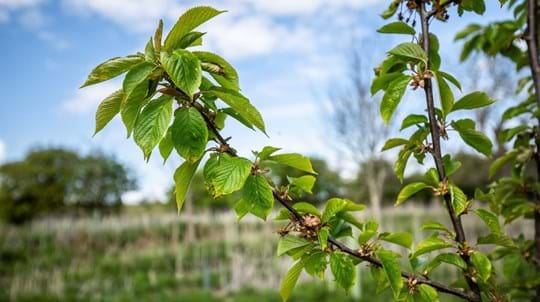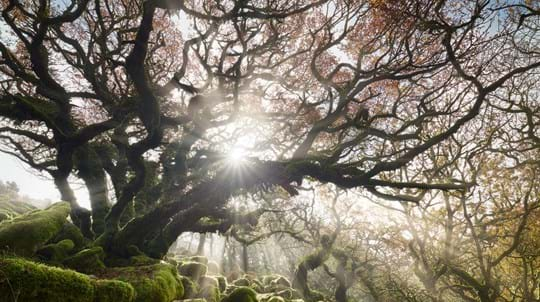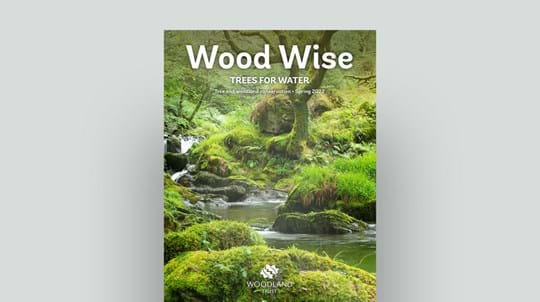>> Narrator: Despite the obvious beauty and drama of Scotland's rivers, there's a devastating secret hidden within.
>> Russ: I'm fishing for salmon, the king of fish. 10 years ago I might have stood in this exact spot and caught 10 fish. Today I'll be lucky to hook one. Scotland’s rivers and the fish that swim in them are under threat.
>> Narrator: These hills and glens were once a mosaic of complex woodland, open glades and boggy pools. Now, after centuries of change in land use, they are largely bare. Without the trees to shade the water, Scotland's rivers are getting warmer. While this might be good for one species, it's definitely not good for this one. Salmon thrive in clean, cold water. As our climate changes, the impact of whole river catchments devoid of trees could be devastating for these fish that are so symbolic of our pristine, cascading rivers. Already, fish are dying in some upland water courses. But things are changing. The Woodland Trust is working across many river catchments to expand native woodlands alongside rivers and burns. These trees will not only provide shade and provide cover for young salmon and trout, they will stabilise the banks, slow the flow of water downstream and create wildlife corridors, improving connections between fragmented islands of forest, benefiting a host of other species. Expanding and connecting our woodlands sets a whole range of dynamic natural processes in motion. Riverside trees are home to thousands of insects, many of which fall into the water, providing food for fish and birds. In autumn, when the trees shed their leaves, they enrich the water with valuable nutrients. Salmon are not only an essential element of Scotland's rivers, they actually feed the forest. Many salmon die after spawning and once scavengers have had their fill this natural fertiliser nourishes the soil, which in turn feeds the trees. The king of fish is not only the ultimate angler's prize, but a key building block in a complex living system and all its supports.
>> Russ: The salmon need the forest, and the forest needs the salmon.
>> Narrator: Scientists tell us that unless we act, salmon could disappear from Scotland's rivers in 20 years. The Woodland Trust works alongside Rivers Trusts and other conservation groups to enhance and expand riparian woodland, and landowners are the key to the whole process. There are sometimes competing land uses and compromises have to be made on all sides. But ultimately, we are all working towards the same goal to return an abundance of life to Scotland's rivers by revitalising the landscapes through which they flow.
>> Russ: We've already helped establish vital ecological corridors alongside rivers and watercourses, and by working with landowners to get the right trees in the right place for the right reason, we can do much more.
>> Narrator: We want to see more of our hillside wooded, to store carbon, reduce flood risk and provide a home for wildlife. Return life to Scotland's rivers. Plant trees.












